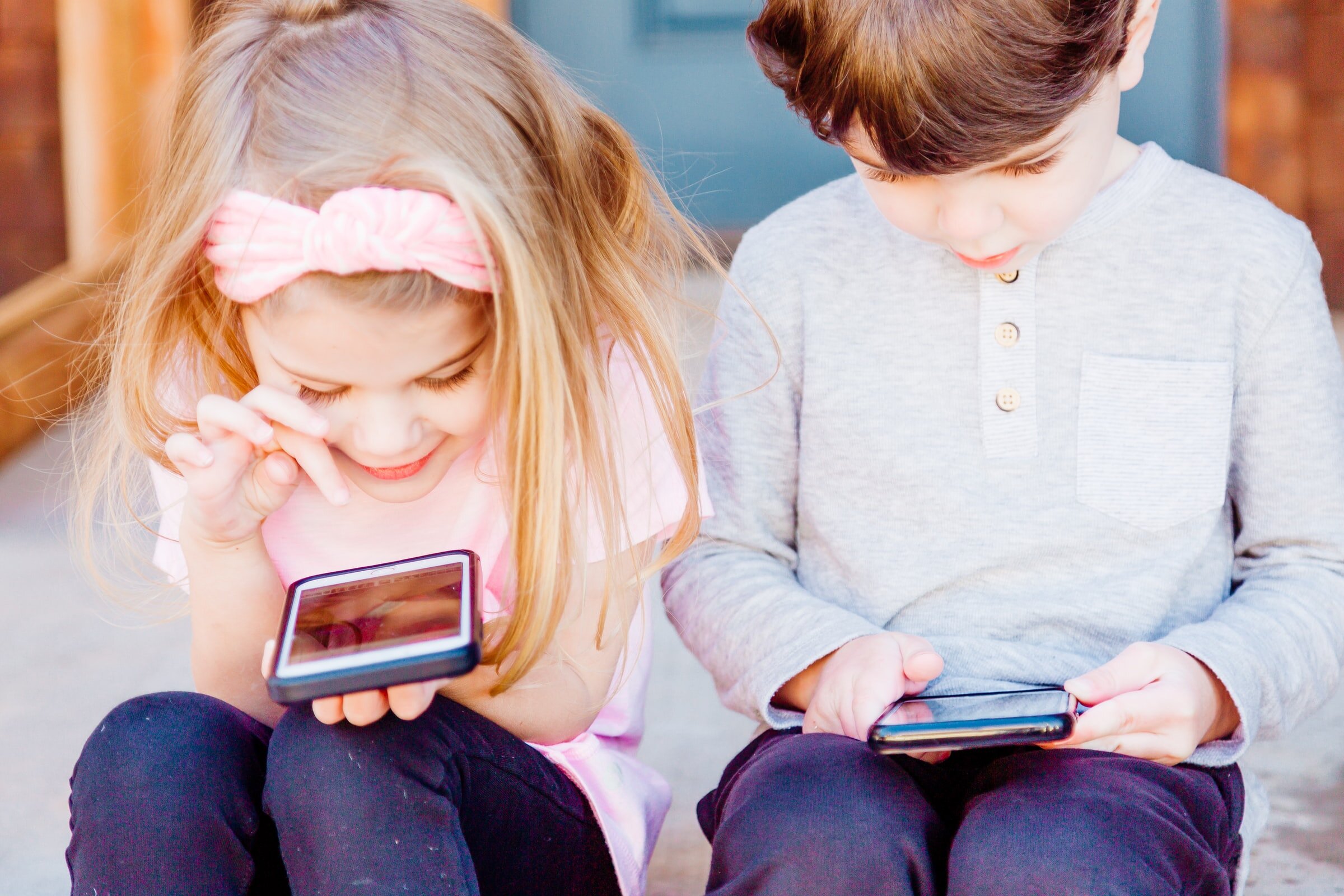The next generation… can you really monitor your teen’s social usage?

Last week, we did a virtual round table, to discuss some of the challenges identified by The Social Dilemma. In our next few posts, we want to highlight some of the topics from our discussion, both in relation to social media, but also more broadly with the digital and data industries.
Blog 1: The Next Generation… can you really monitor your teen’s social usage?
Most of us with children (or children in the family) felt scared about the impact of social networks and the gaming apps on our children. We worry about our children’s awareness of the ‘reality’ of the world, rather than the fake ‘perfect’ people and worlds painted on social (in particular Instagram). Along with how we ‘track’ or monitor what they are watching or participating in and for how long they are online. We discussed how do you possibly achieve that balance because if you stop teens being ‘connected’ through networks and their own devices, they face being ostracised at school and with their peers; yet, by allowing them to be connected, it is pretty difficult to control and monitor – unless you censor everything they watch and that would mean literally watching everything with them.
We discussed certain preferences and notifications that could be disabled on the majority of networks and platforms. However, it is limited with what you can restrict. We concluded ‘kid friendly’ versions of each was essential but still needed to be approached with caution.
We harked back to the good old days when kids left the house at 8am and didn’t come back until 6pm for dinner, the good old days when kids didn’t have restrictions and the world was seemingly a better place. Kids didn’t need to be connected and engaged online or on social, they didn’t worry about the amount of likes or followers, they enjoyed the great outdoors and everything it offered.
Whilst that might sound like blatant nostalgia, it raised an interesting point. We would never have imagined monitoring or tracking the kids activities in the park; they were outside with friends having fun (a lot of the time out of sight) and yet we didn’t feel compelled to check on them (track them or monitor them). With the world of digital and social now in the palm of their hands, we admitted to openly tracking or monitoring them, checking usage, checking location and checking their activities.
People are nervous, and rightly so, as the parameters of control are not in our hands. The level of access which children have to far wider influences is much greater through social than the 6 or 8 or so friends they might previously have met in the park. For many families, the balance (especially for older children and teens) seems to be that we need to teach them how to keep control over their own social media usage, which one hopes will be easier if we ourselves are more self-aware of more aware of this too. Much like teaching your child how to cross the road and avoid traffic, or not to get into a car with a stranger, in this new world we need to teach them how to safely navigate the online world. But we also need to lead by example, and do that ourselves, rather than staring at our own screens for hours, whilst telling our children not to. Perhaps then, rather than considering this a children or teenage issue, it is an adult case of “Physician, heal thyself”.
Watch out for part 2 next week!

